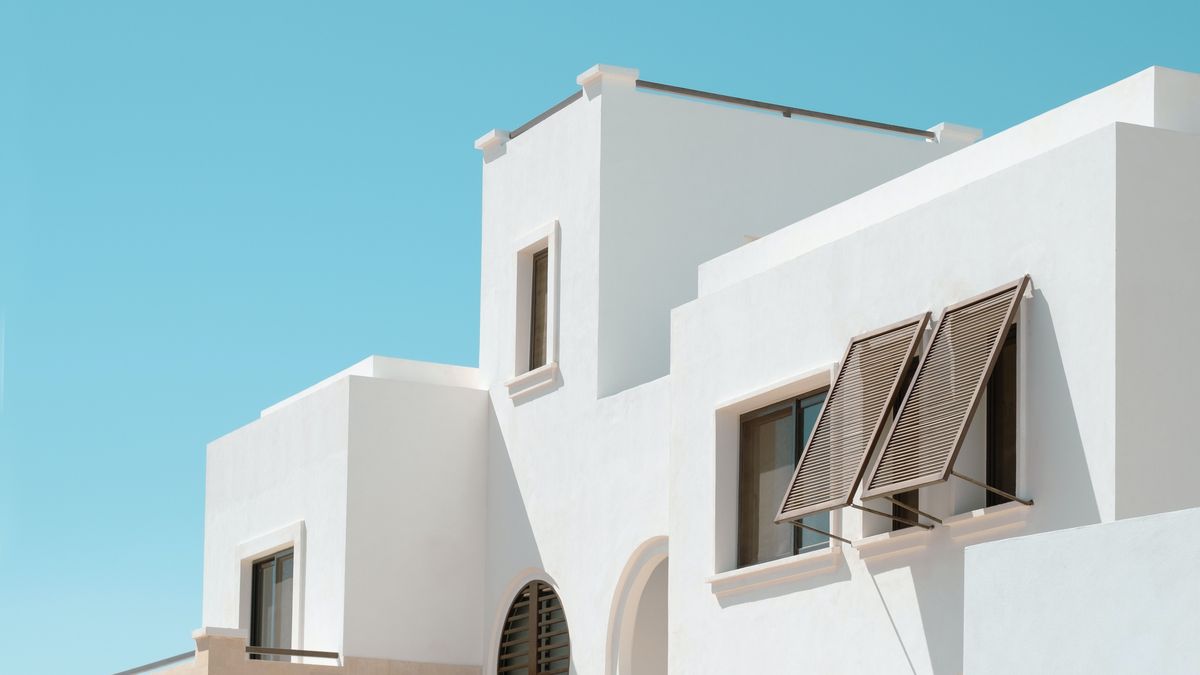The neo-vernacular: Eastern Architecture Renaissance

The criticism of modernism and the emergence of green movements suggests that the world is shifting toward more eco-friendly and personalized forms of architecture.
The neo-vernacular movement designates the application of ancient knowledge and local assets to create an Architecture that accommodates contemporary needs.
As its name indicates, it’s a new movement that inspires and modernizes vernacular practices to create an architecture that’s good-natured and relevant.
Reevaluation and renounce of Modernism
The main agreed flaw of modernism is that it’s soulless, bland, and stereotypical: a model to fit all. Nevertheless, this didn’t stop it from spreading everywhere and for so long, becoming the reference of urban development, especially in the eastern part of the sphere.
The modernist experience in the East is far from modest. It has invaded many big and capital cities' urban landscapes and become the main façade (Dubai, Doha, Singapore, Shangai)
While the mid-town-skyscrapers trend showcases great technical ingenuity and technological development, it completely overlooks the local identity human scale and depletes resources.
The neo-vernacular, is it a question of aesthetics?
The neo-vernacular is based on knowledge acquired through tests and experimentation. It is rooted in the local and personal experience of a society.
This social and cultural link brings an anticipated image of what’s aesthetically relevant to a certain community, but the functional and ecological impact of vernacular architecture is beyond that.
A neo-vernacular architecture is adapted to the climate, the site on which it sits, and the needs of its occupants. This adaptation means the personalization of the layout and floor plans, structures, the use of local resources (techniques, materials), and local images.
The neo-vernacular and the green movement
This Avant-gardist movement was born in the East with pioneers like Hassan Fathy long before the green wokeism. It stems from the great attachment to the land of eastern populations and seeking harmonious integration in the local environment.
Ecology and sustainability movements are responses set to mitigate the ramifications of global warming by adjusting our way of designing and building to be less impactful on the environment and lessen our carbon footprint.
While these approaches are influential, they promote another form of monotony and a unified model of architecture that follows a standard guideline and the Western experience as a reference.
The future is neo-vernacular
Neo-vernacular is a holistic approach that tics all the boxes of the modern architecture requirements. It is environmentally, technologically, and culturally relevant.
It is based on experimented knowledge which limits the error margin and puts local resources and practices into use.
Neo-vernacular is both people architecture and earth architecture. It centers its intentions on making the best use of its immediate environment and providing the best experience to its users.
In the East, this approach means the revival of authentic local architecture and the creation of a unique architectural identity that promotes a sense of appropriation and attachment.
On the tangible plane, this means a sound use of materials, reduction in the cost of building realization, the utilization of local maneuver and resources, the mitigation of Carbon emissions, and overall, a more homogeneous way of building and living.